Mercedes has detailed the "intense" period leading up to the compleation of their 2024 challenger, the W15 which will be unvield next month.
The team's Chief Operating Officer, Rob Thomas, has explained the amount of work that is going on behind the scenes at their factory as work comes together.
Hundreds of staff members are working on the development of the W15, which is set to launch on Valentine's Day ahead of pre-season testing in Bahrain. The team has provided some insight in what goes on in the lead up to a car launch.
Viewed by others:
Preparing a championship contender
Mercedes will be hoping that their new challenger can enable them to win races, following a win-less 2023 season.
The main challenge is preparing the car, which has to be assemebled through "thousands" of components before it can be put to the track.
“There are literally thousands and thousands of components arriving, going through inspection and levels of testing,” said Thomas on Mercedes official website.
“Then they’re built into various sub-assemblies for the Test and Development department, who’ll put them through tests for fatigue, reliability and performance.”
Parts are often inspected and tested in smaller component form on bespoke rigs or non-destructive testing, such as ultrasound or X-ray. Then they are put into larger assemblies for bigger tests to see how they perform.
“It’s a really intense time for people in the factory because these departments are operating on shift patterns 24/7. People show huge levels of commitment," said Thomas.
“There’s so much going on and everything must come together for these deadlines."
Mercedes avoiding burn out
Much of the process has been refined over the years to avoid burn out among employees, especially as the seasons get longer.
“There were detailed plans [when Rob joined the team], but they weren’t really respected,” explained Thomas.
“A lot of internal dates were a bit optional, and we’d do our best to hit those deadlines, but generally we didn’t.
“Things got later and later and what you ended up was people working in a chaotic firefighting way, trying to get parts together.
“We wouldn’t get either the result we needed from performance or reliability either. That all leads to going to the first races in a massively sub-optimal condition, not getting the learning you want and leading to people being burnt out.”
Don't miss out on any of the Formula 1 action thanks to this handy 2026 F1 calendar that can be easily loaded into your smartphone or PC.
Download the calenderMost read
In this article
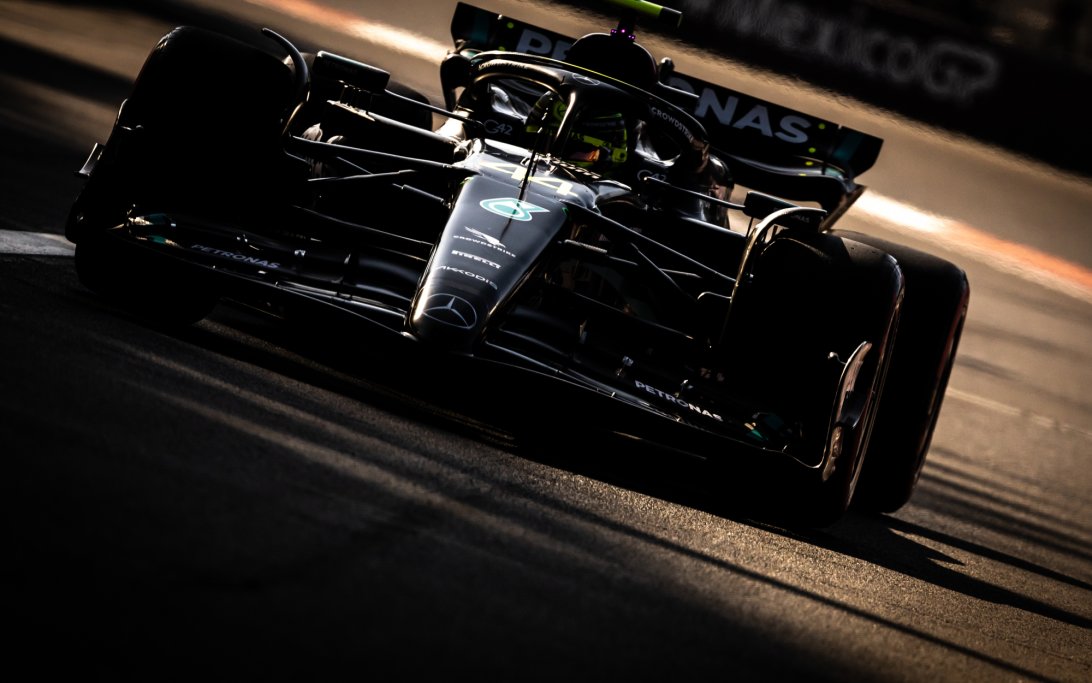
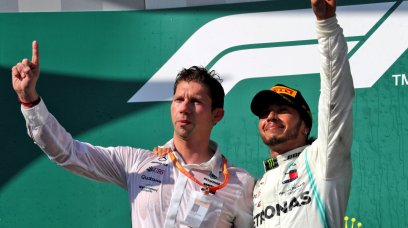
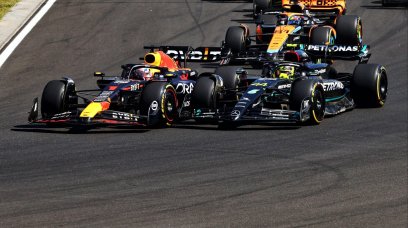
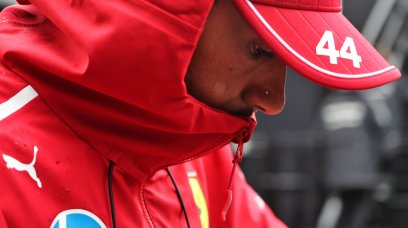
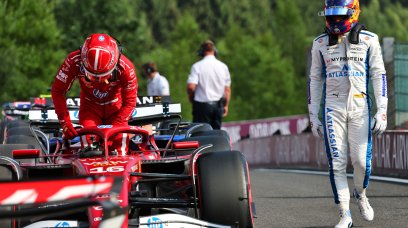
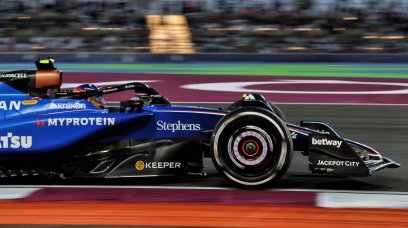
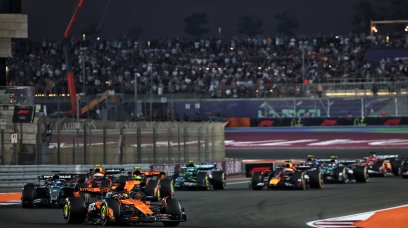
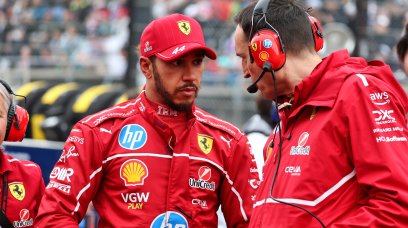
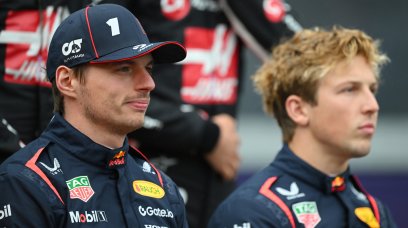
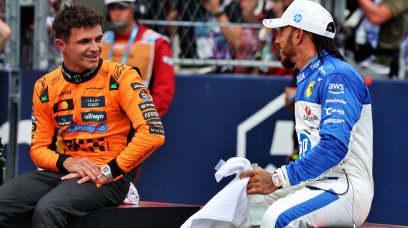
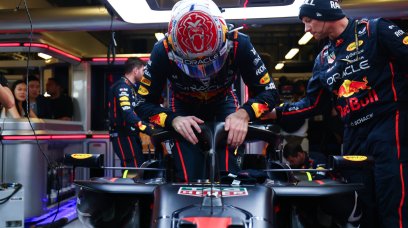
Join the conversation!